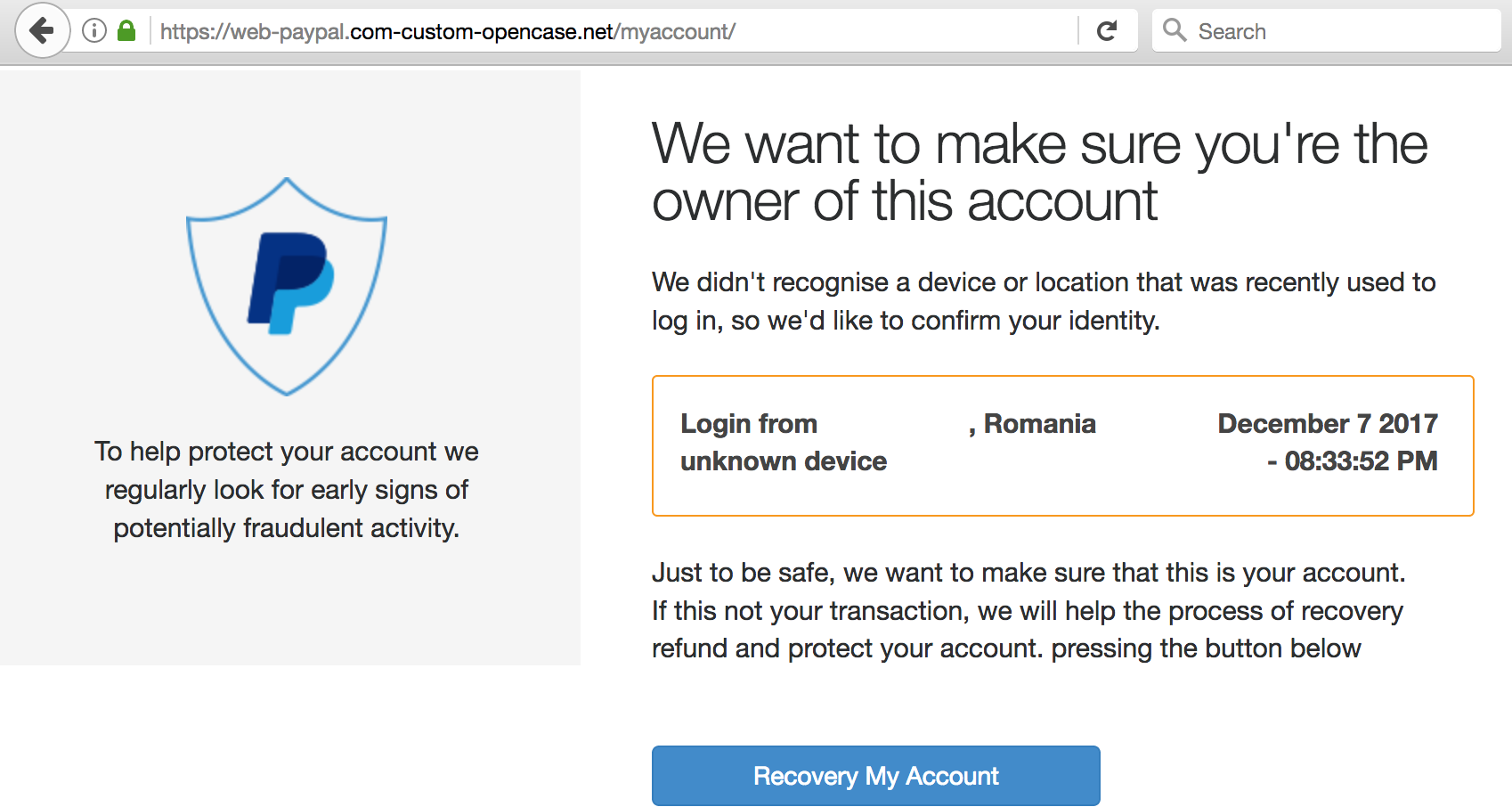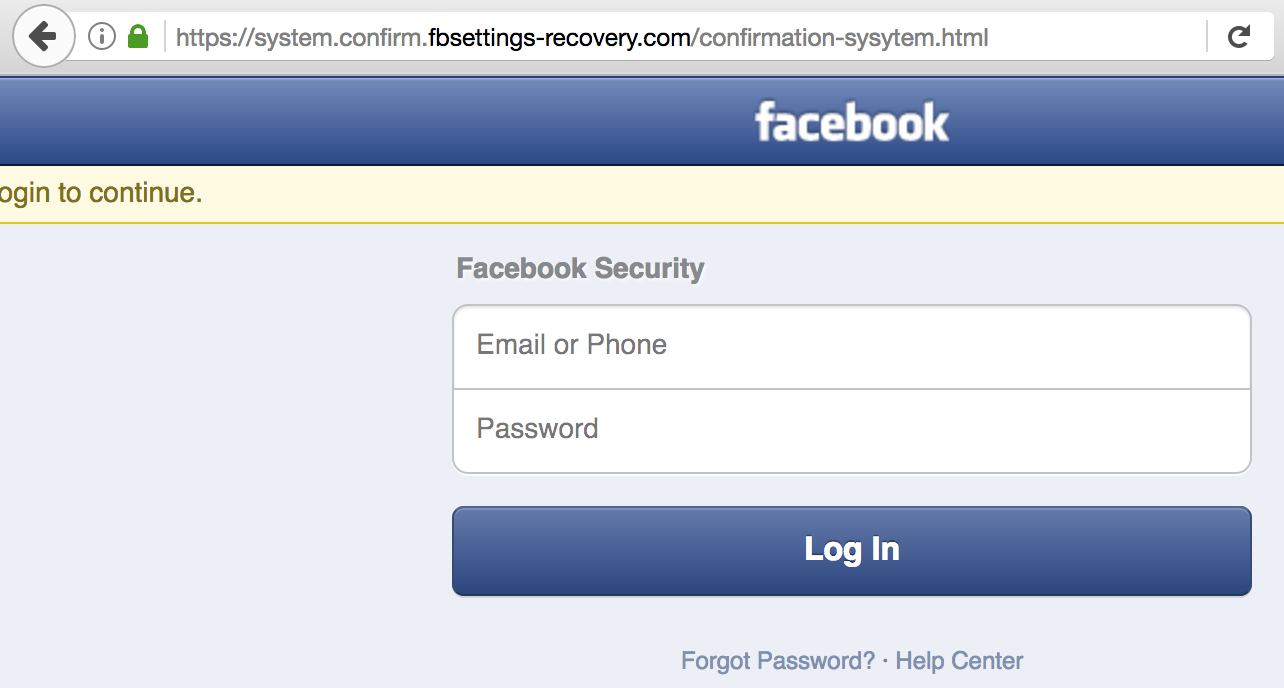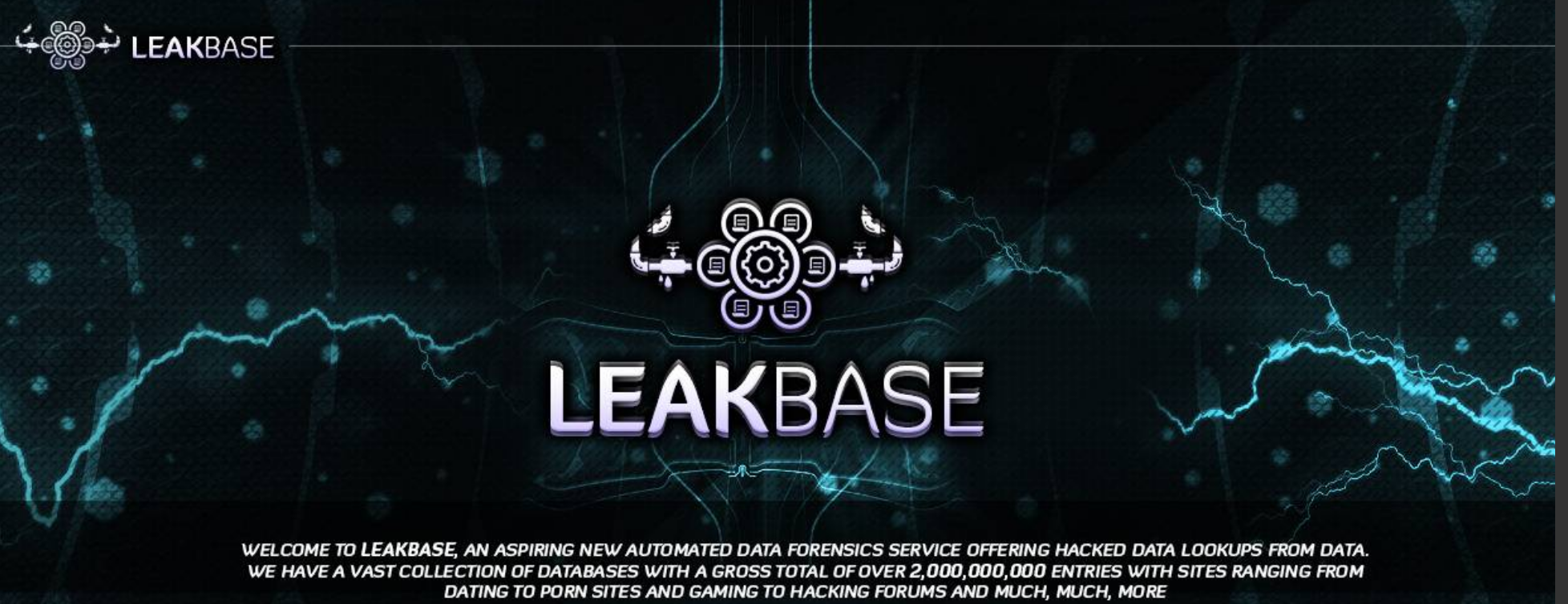Past stories here have explored the myriad criminal uses of a hacked computer, the various ways that your inbox can be spliced and diced to help cybercrooks ply their trade, and the value of a hacked company. Today’s post looks at the price of stolen credentials for just about any e-commerce, bank site or popular online service, and provides a glimpse into the fortunes that an enterprising credential thief can earn selling these accounts on consignment.
Not long ago in Internet time, your typical cybercriminal looking for access to a specific password-protected Web site would most likely visit an underground forum and ping one of several miscreants who routinely leased access to their “bot logs.”
These bot log sellers were essentially criminals who ran large botnets (collections of hacked PCs) powered by malware that can snarf any passwords stored in the victim’s Web browser or credentials submitted into a Web-based login form. For a few dollars in virtual currency, a ne’er-do-well could buy access to these logs, or else he and the botmaster would agree in advance upon a price for any specific account credentials sought by the buyer.
Back then, most of the stolen credentials that a botmaster might have in his possession typically went unused or unsold (aside from the occasional bank login that led to a juicy high-value account). Indeed, these plentiful commodities held by the botmaster for the most part were simply not a super profitable line of business and so went largely wasted, like bits of digital detritus left on the cutting room floor.
But oh, how times have changed! With dozens of sites in the underground now competing to purchase and resell credentials for a variety of online locations, it has never been easier for a botmaster to earn a handsome living based solely on the sale of stolen usernames and passwords alone.
If the old adage about a picture being worth a thousand words is true, the one directly below is priceless because it illustrates just how profitable the credential resale business has become.
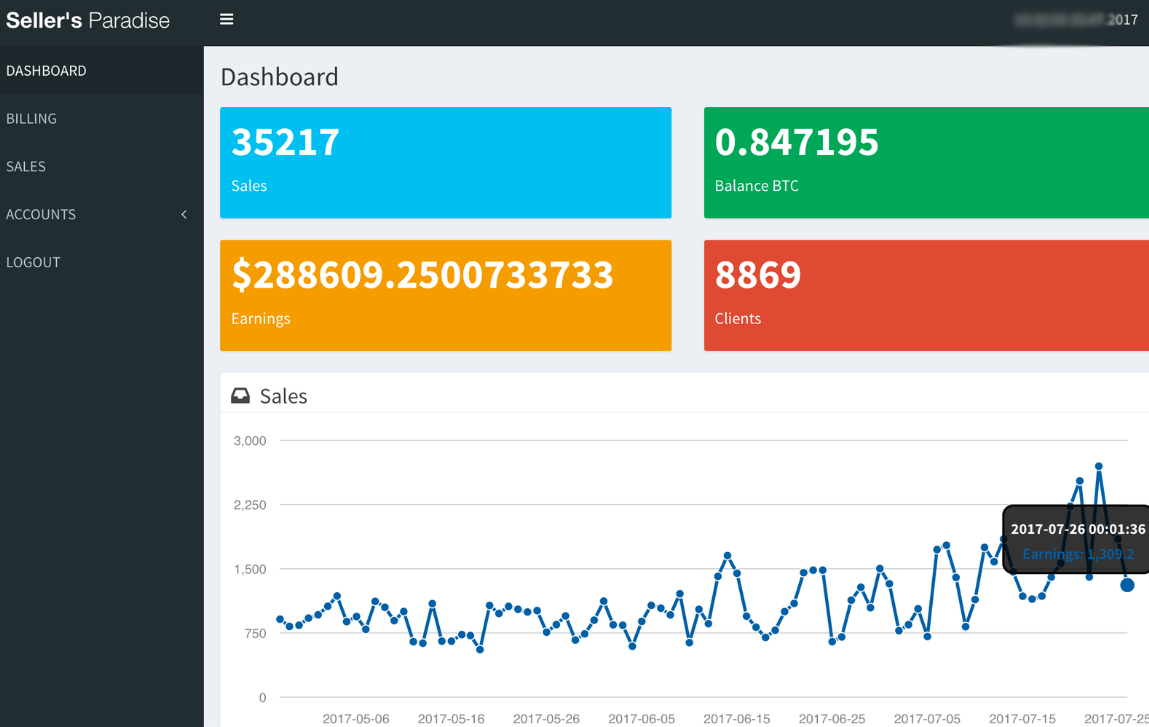
This screen shot shows the earnings panel of a crook who sells stolen credentials for hundreds of Web sites to a dark web service that resells them. This botmaster only gets paid when someone buys one of his credentials. So far this year, customers of this service have purchased more than 35,000 credentials he’s sold to this service, earning him more than $288,000 in just a few months.
The image shown above is the wholesaler division of “Carder’s Paradise,” a bustling dark web service that sells credentials for hundreds of popular Web destinations. The screen shot above is an earnings panel akin to what you would see if you were a seller of stolen credentials to this service — hence the designation “Seller’s Paradise” in the upper left hand corner of the screen shot.
This screen shot was taken from the logged-in account belonging to one of the more successful vendors at Carder’s Paradise. We can see that in just the first seven months of 2017, this botmaster sold approximately 35,000 credential pairs via the Carder’s Paradise market, earning him more than $288,000. That’s an average of $8.19 for each credential sold through the service.
Bear in mind that this botmaster only makes money based on consignment: Regardless of how much he uploads to Seller’s Paradise, he doesn’t get paid for any of it unless a Carder’s Paradise customer chooses to buy what he’s selling.
Fortunately for this guy, almost 9,000 different customers of Carder’s Paradise chose to purchase one or more of his username and password pairs. It was not possible to tell from this seller’s account how many credential pairs total that he has contributed to this service which went unsold, but it’s a safe bet that it was far more than 35,000.
[A side note is in order here because there is some delicious irony in the backstory behind the screenshot above: The only reason a source of mine was able to share it with me was because this particular seller re-used the same email address and password across multiple unrelated cybercrime services]. Continue reading →







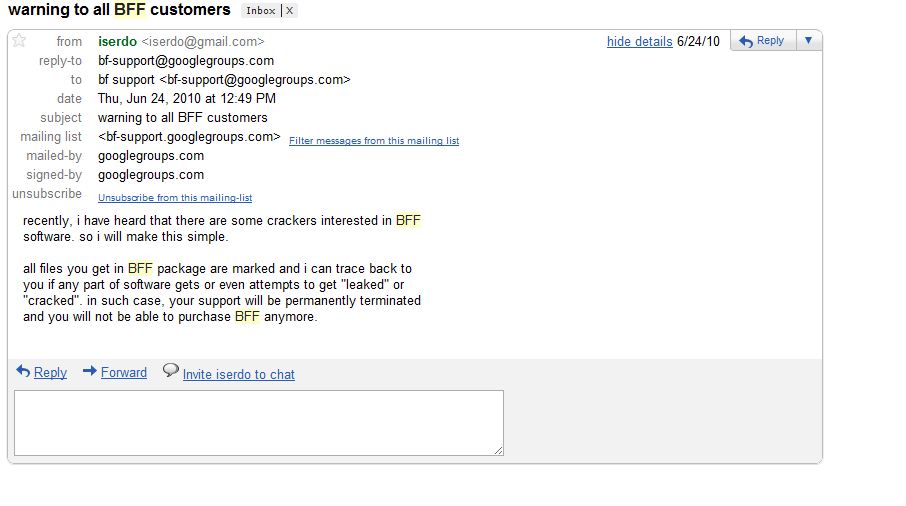

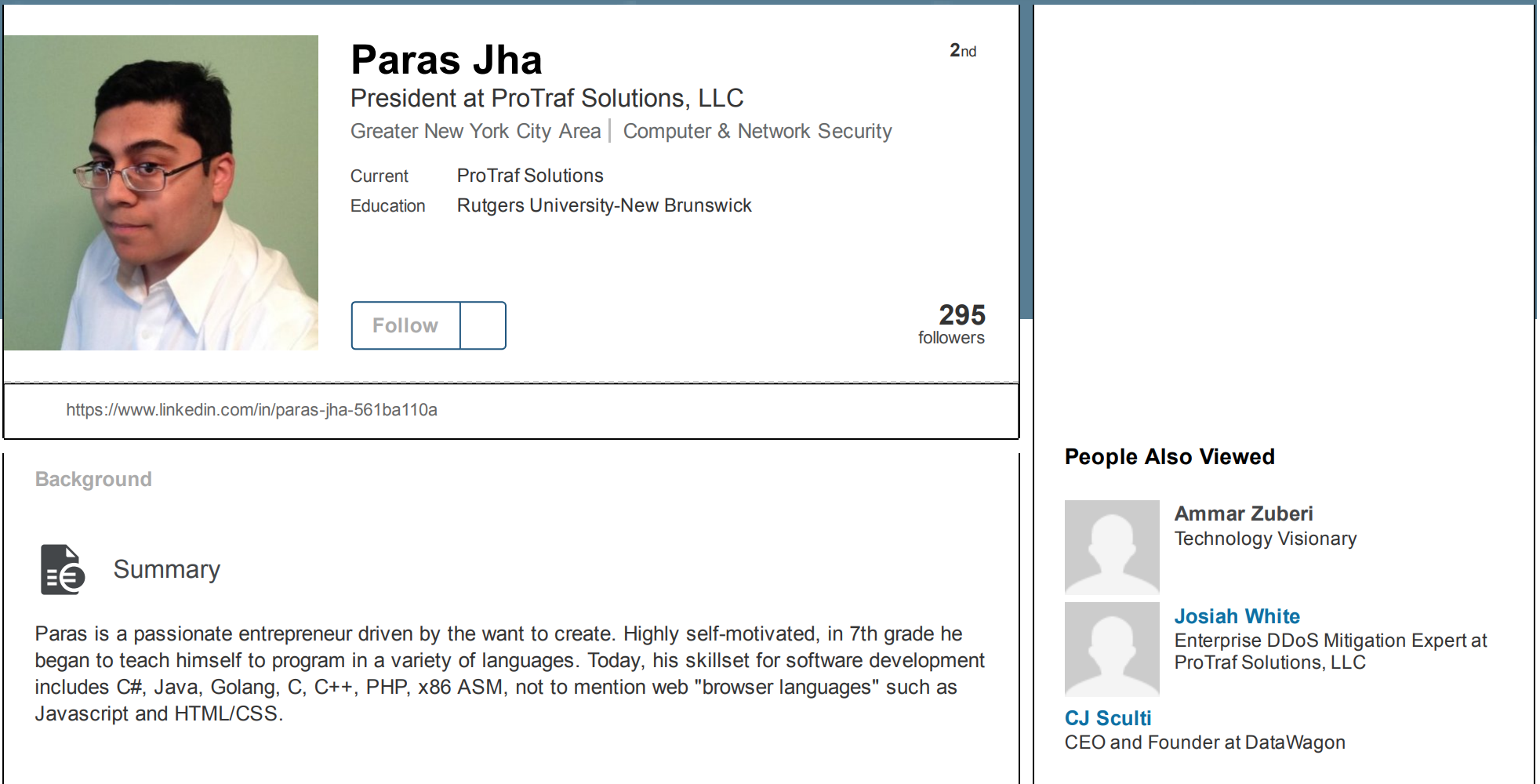
 The December patch batch addresses more than 30 vulnerabilities in Windows and related software. As per usual, a huge chunk of the updates from Microsoft tackle security problems with the Web browsers built into Windows.
The December patch batch addresses more than 30 vulnerabilities in Windows and related software. As per usual, a huge chunk of the updates from Microsoft tackle security problems with the Web browsers built into Windows.